Confession: the first time I saw a castle light up with surging colors, morphing its weathered walls into a moving myth, I half expected a dragon to burst through a window. It turns out that the real magic is projection mapping—a technology so electric that it’s etching memories onto landmarks and reshaping the way we connect. Maybe you’ve gawked at a festival installation, or perhaps you’re new to this wild ride; either way, let’s dive unvarnished into the offbeat reality behind the curtain.
1. Who’s in the Crowd? Audience Engagement in the Age of Hybrids
When you dive into the world of projection mapping, the first question isn’t “what can I project?”—it’s “who am I projecting for?” Audience engagement is the heartbeat of every unforgettable experience, and in 2025, that means thinking beyond the traditional Crowd. Hybrid experiences—where in-person and remote audiences collide—are now the norm, not the exception. If you want your projection mapping applications to truly resonate, you need to know your dream crowd inside and out.
Start by defining your audience. Are you lighting up a stadium packed with energetic fans, or a serene museum with visitors who prefer to observe quietly? Are people standing, seated, or tuning in from halfway across the globe? These details shape every creative choice, from the scale of your visuals to the level of interactivity you build in. Research shows that hybrid experiences can dramatically boost audience engagement, making every viewer—whether on-site or online—feel like part of the action.
Projection Mapping Trends
Take the Capital One Arena in Washington, DC, for example. With Quince Imaging’s purpose-built projection mapping, the arena transformed into a living, breathing canvas. The visuals didn’t just dazzle—they responded to the energy of the Crowd, creating a two-way conversation. As Felix Frank from Rencontres Audiovisuelles puts it:
“Projection mapping opens a dialogue between place and people—every show is a conversation.”
Today’s projection mapping applications go even further. Motion sensors and gesture-driven content enable audiences to shape the show in real-time. At global expos, you’ll see people waving, clapping, or even just moving through a space, triggering bursts of light and color. This kind of interactivity isn’t just a gimmick—it has been proven to drive participation and keep audiences coming back for more.
Projection Mapping 2025
Here’s a wild thought: what if you mapped an entire city block during rush hour? Would commuters finally look up from their phones? In my city, I’ve watched teens flock to mapped murals, snapping selfies for Instagram. Suddenly, the line between art, experience, and social media blurs—welcome to the new era of experiential marketing.
Ultimately, audience and environment analysis is the backbone of impactful projection mapping. Whether you’re aiming for awe, connection, or viral buzz, Crowdng your Crowd is the first step to turning reality into something truly extraordinary.
2. When the Canvas Moves: Terrain, Tech, and Timelines
Let’s be honest—projection mapping is never as simple as “point and shoot.” The real magic (and chaos) starts when your canvas isn’t a perfect screen, but a crumbling palace wall or a gym floor that’s seen better days. This is where projection mapping techniques are put to the test, and where your planning skills can make or break the show.
Every project begins with a site survey that borders on obsession. You’ll measure every bump, crack, and curve—because mapping on a German palace like Karlsruhe is a whole different beast compared to a flat school gym. Why? Because ancient stones don’t care about your deadlines or your dreams. That’s where 3D Point Cloud Mapping comes in. It sounds geeky, but trust me, it’s the only way to make dragons soar over castle turrets (almost literally). At the Schlosslichtspiele Festival, AV Active GmbH and Maxin10sity used this technique to align visuals perfectly with the palace’s intricate façade, dodging centuries-old quirks and unpredictable weather.
Projection Mapping Technology
Speaking of weather, sometimes your masterpiece has to battle the sun, sudden rain, or even shifting colors as dusk falls. You’ll need to consider projector placement, weatherproofing, and color fidelity. Are you a brightness chaser, or do you crave pure, vivid color? The Christie Griffyn Projector (especially the 4K50-RGB laser) or the Barco HDX 4K40 are favorites for a reason. Its high brightness and color accuracy mean fewer projectors, less setup hassle, and more jaw-dropping impact, especially outdoors or on massive surfaces.
But don’t get cocky with your Projection Technology choices. Safety and compliance matter—think rigging, power, and local regulations. And here’s a timeline tip: if you try to pull off a palace-sized spectacle in six weeks, you’ll probably lose sleep (and maybe your mind). Research shows that a six-month window is ideal for polished, artifact-free results. Partnerships with specialist teams, such as AV Active GmbH and Maxin10sity, are what turn wild ideas into world-class spectacles.
‘Good mapping is a dance—technology and environment move together.
Ultimately, mapping success lives or dies by how well you plan for site quirks, environmental surprises, and the right tech. When the canvas moves, your creativity—and your tech stack—have to move with it.









